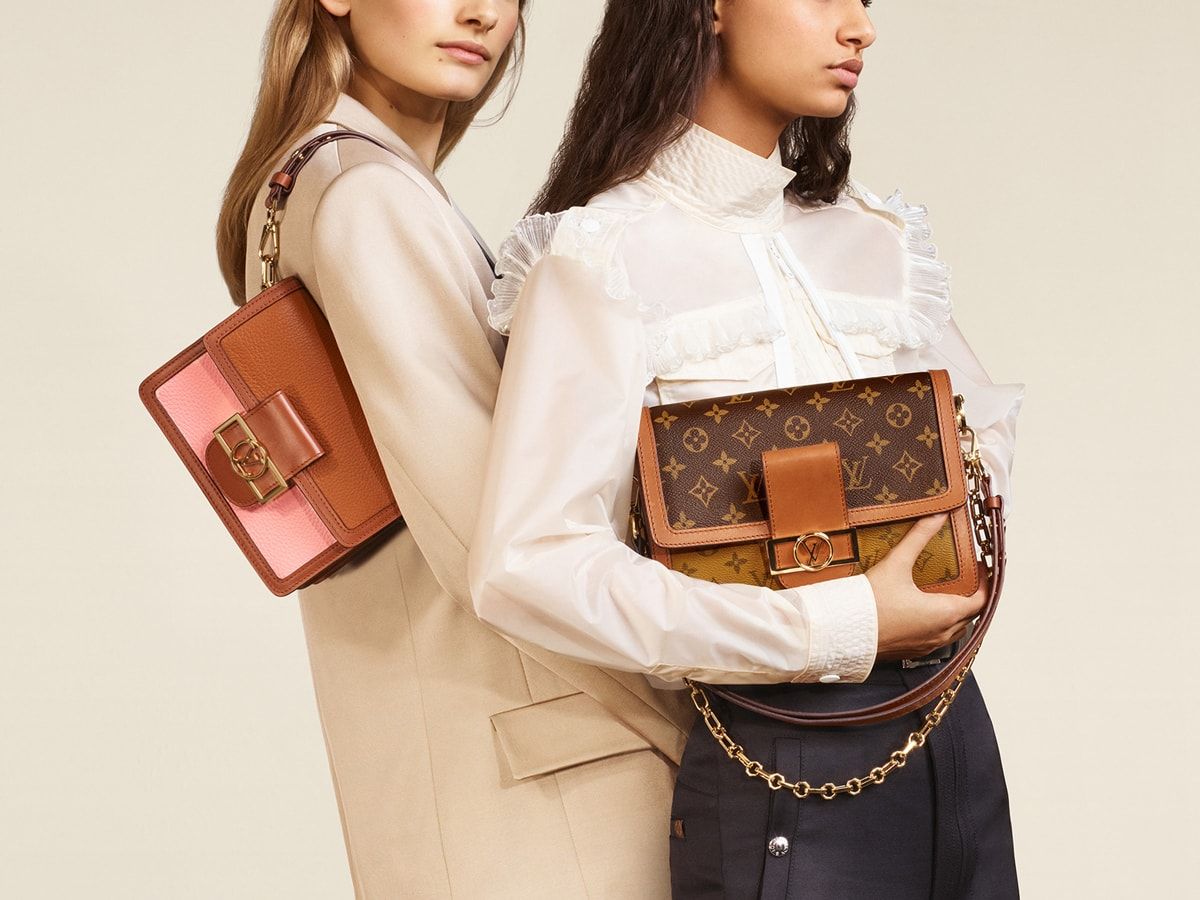In recent years, luxury fashion has undergone significant transformations, led by a new generation of designers who are redefining the concept of luxury with bold ideas, social inclusion, sustainability, and, above all, boundless creativity. These designers have brought new meanings to what is considered “luxury” by modernizing traditional codes, revisiting history with a contemporary lens, and breaking norms that for a long time remained rigid and exclusive. Here’s a look at some of the leading names who are shaping the future of luxury fashion and revolutionizing the industry with their innovative creations.
One of the most notable designers of this generation is Alessandro Michele, creative director of Gucci since 2015. Michele arrived with an approach that initially shocked the fashion world by breaking gender stereotypes and embracing a maximalist style that blends vintage and modern elements. Under his leadership, Gucci began to adopt the concept of “genderless fashion,” encouraging gender fluidity on runways and in collections, a trend that quickly gained traction and attracted a new generation of consumers. Michele also brought a nostalgic and romantic aesthetic to the brand, with a focus on bold accessories, eccentric prints, and vivid colors, creating a universe that overflows with individuality. This positioning has transformed Michele's Gucci into one of the most popular brands among young people, redefining luxury as something that goes beyond convention, prioritizing freedom of expression and authenticity.
Another name that stands out is Virgil Abloh, whose legacy continues to influence the fashion world even after his passing in 2021. As the first Black artistic director of Louis Vuitton, Abloh broke significant barriers by introducing elements of street culture and streetwear into luxury fashion. Before Abloh, there was a clear separation between streetwear and high-end brands, but he showed that luxury is not limited to exclusive, inaccessible items. His collections for Louis Vuitton incorporated references to graffiti, sneakers, and utilitarian clothing, a combination that deeply resonated with young consumers and collectors. His approach not only rejuvenated the brand but also challenged preconceived notions of what defines high fashion, showing that it can and should engage with urban subcultures and social diversity.
Pierpaolo Piccioli, at the helm of Valentino, is also one of the major figures in today’s luxury fashion transformation. Piccioli has embraced a commitment to inclusion, diversity, and experimentation by reimagining classic Italian aesthetics. In his collections, he prioritizes the use of vibrant colors, voluminous cuts, and high-quality fabrics, while distancing himself from conventional and outdated beauty standards. He not only seeks diversity in his campaigns and runways but also explores different ethnicities, ages, and body types, promoting a truly inclusive fashion. Piccioli believes that luxury should be accessible to all and that haute couture can serve as a tool for discussing social and cultural issues, a belief reflected in his innovative and meaningful shows. Under his leadership, Valentino has managed to reinvent sophistication, showing that it can coexist with diversity and representation.
Kim Jones, who heads both Dior Homme and Fendi, is another example of how luxury has evolved to embrace new influences and horizons. With his vision, Jones has managed to incorporate elements of streetwear and pop culture into the traditional elegance of Dior Homme, making the brand extremely appealing to young audiences. By bringing influences from the sports world and collaborations with urban brands like Nike, he has bridged high fashion and urban fashion—a nearly unthinkable combination decades ago. Additionally, Jones has expanded his vision to Fendi, where he focuses on sophisticated design and the use of new techniques and sustainable materials, adding a modern touch to a brand traditionally associated with classic luxury.
Finally, Maria Grazia Chiuri, creative director of Dior, represents a significant shift in fashion by bringing feminist issues to the center of collections for one of the world’s most important brands. Since taking over Dior in 2016, Chiuri has stood out for using fashion as a platform to discuss social issues and promote gender equality. She became the first woman to lead the maison’s creative direction and made history by introducing T-shirts with feminist slogans, inspiring a new sense of empowerment and dialogue in luxury fashion. In each show, Chiuri emphasizes the importance of women in fashion, questioning standards and challenging the status quo. This revolutionary vision has given Dior a fresh face, showing that luxury doesn’t have to be indifferent to social struggles and achievements.
These designers are just some of the names currently guiding luxury fashion in new directions. By bringing innovation and modernity to historical brands, they are not only capturing the attention of a younger and more diverse audience but also redefining what luxury means in the 21st century. Whether through inclusion, sustainability, authenticity, or the celebration of cultural diversity, these designers have shown that luxury goes far beyond labels and tags. Today, it is an expression of identity, freedom, and, above all, values that reflect an ever-changing world. By challenging norms and offering a new vision, these designers demonstrate that true luxury lies in evolving, connecting, and constantly reinventing itself.




New comments are not allowed.